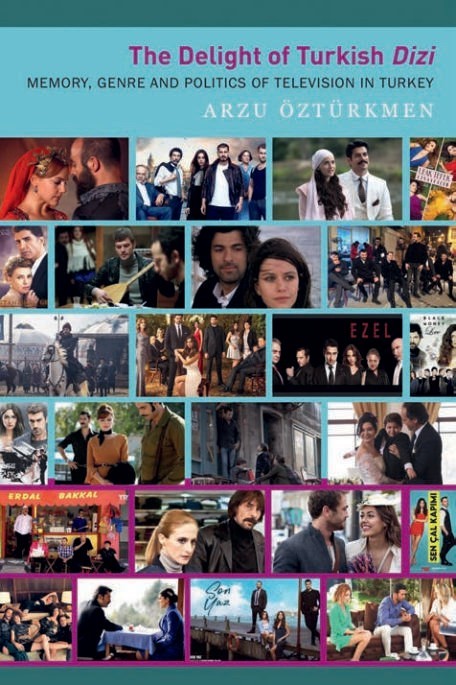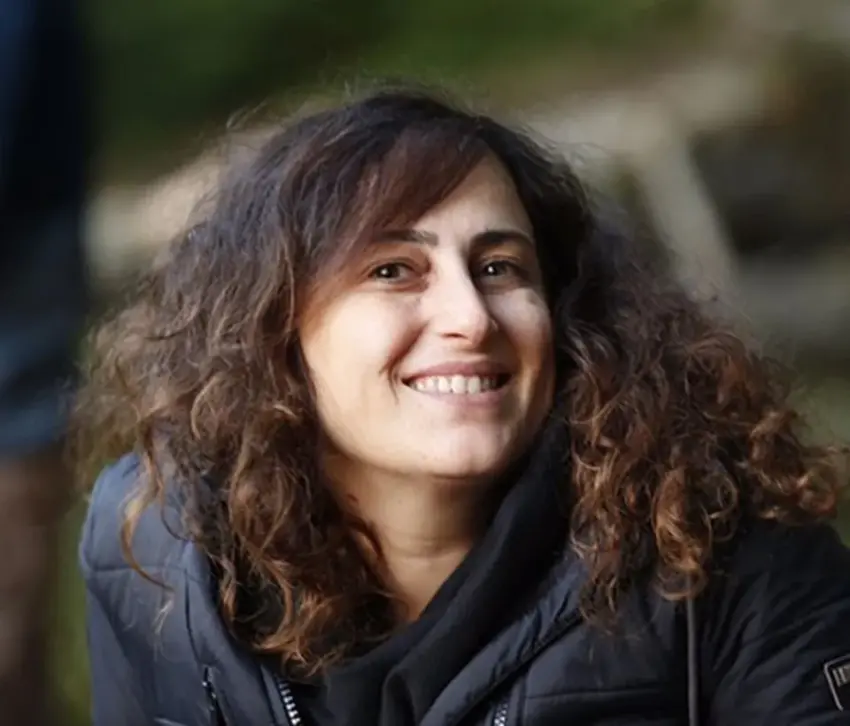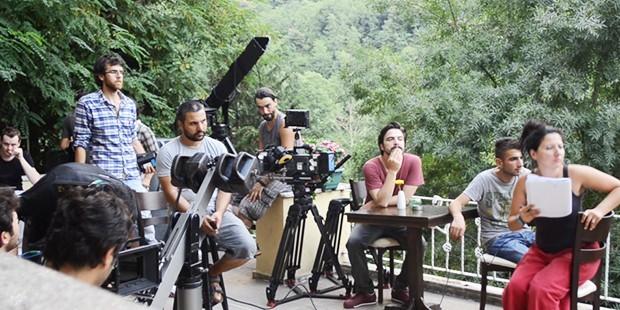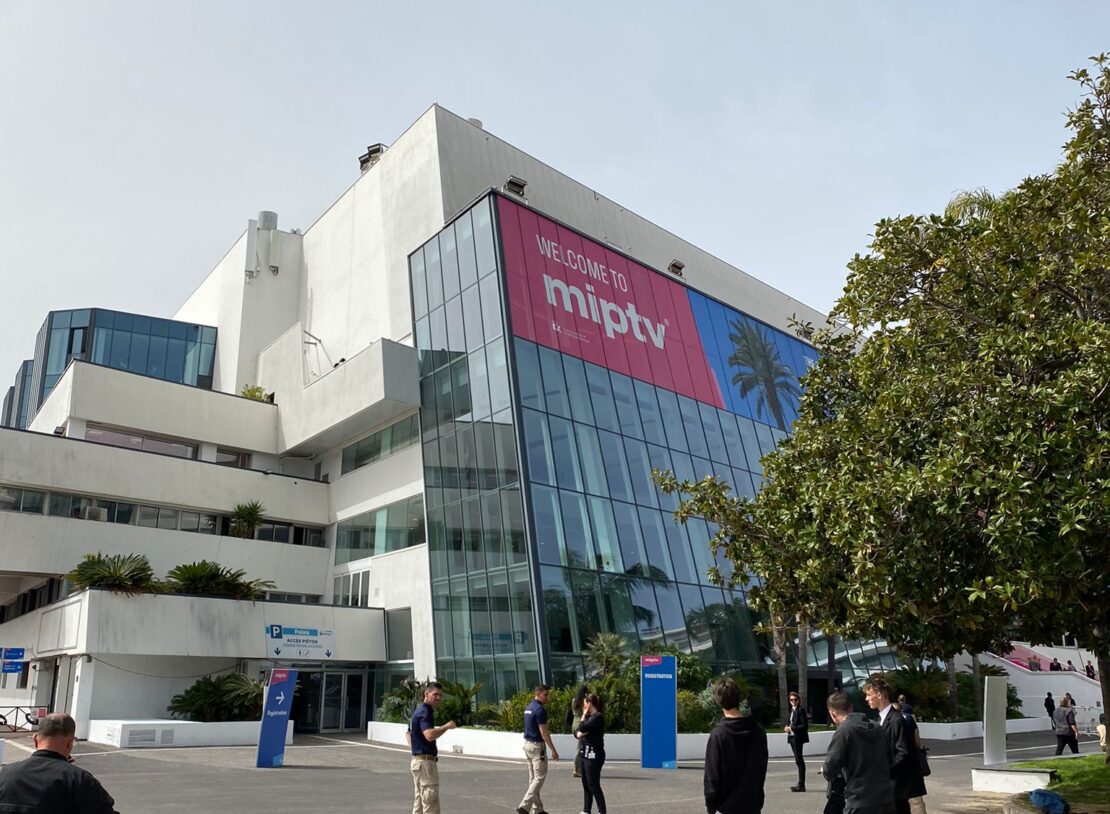Doors of Destiny: First Trailer Released for TOD Original Series
The Charm of the Dizi Genre: A Story of Intermediality

ARZU ÖZTÜRKMEN / Boğaziçi University*
Dizis, the Turkish television series, have garnered both popular and scholarly attention since the 2000s. The term “dizi” obviously has been a term rooted in the early days of television in Türkiye, used both for domestic and foreign content. Nevertheless, what one understands of Turkish dizi nowadays refers to the television genre, which evolved from the 1990s onward, was consolidated during the 2000s and has been globally circulating since the 2010s.
The term dizi was also launched in the international platforms as a response to “Turkish soap” or “Turkish novella”, first in a panel at MIPCOM in 2015 (Turkey: Home of Dizi Content, 6.10.2015), and received academic acclaim among scholars researching Turkish dizi industry (See C. Acosta-Alzuru, M. Reyaz, Z. Khan, M.Trauger, A. Kole; Ayman, MC. Wagner, M. Kraidy, Z. Kemiche). One can therefore say that there is now a consensus on the use of the term “dizi” as the Turkish television genre which developed between 1990s to 2010s.
As such dizi can be described succinctly as a weekly TV show, with a duration of around two hours; it is usually shot in real locations and adopts a visual narrative style, where stories interweaving romance, action and family life are delivered with an emotive and natural slowness.
“Natural slowness” refers to a temporality close to “real time” action, but also to an acting absorbed in this slow pace in a natural way, rather than being artificially stretched. Editors have an important role to play in accommodating this real time, slow motion action, which is often accompanied with music, to better convey the “emotion” of the scene.
New Generation Turkish Series
In that respect, it also differs from the newly registered “New Generation Turkish Series”, which refers to the new, shorter drama format for digital platforms.
Curiosity about the dizi genre, which evolved from the 1990s onwards, was the catalyst for the research that led to the creation of my book The Delight of Turkish Dizi: Memory, Genre and Politics of Television in Turkey (2022). Although I initially focused on the dizi as a modern phenomenon, it was important to begin with the historical process that gave rise to the genre.

First, it is important to recognize how the technical and professional skills developed during the early years of TRT (Turkish Radio and Television Corporation) had a strong impact on the privatization of television broadcasting. TRT prioritized the creation of “national content,” where innovative filmmakers developed distinctive ways of incorporating Turkish cultural themes into the television drama.
Nevertheless, as the only national network up until 1990, TRT had also expanded outside of Türkiye, buying American and European content from international markets. As a founding member of the EBU, TRT’s programming included top quality foreign series, mostly American, but also French, British and Italian. Audiences grew up with the TRT programming in the 1970s and 80s, were therefore exposed to good quality television drama, and simultaneously watched many hit series such as the Fugitive or Dallas.
When private networks broke the TRT’s monopoly, there was a significant demand for new programs, especially for domestic drama. A convergence of developments in the areas of theater, film, video, humor magazines, fashion, and advertising helped a new television industry to shape, which is now called “the dizi sector.” Each of these areas has had a specific impact on the dizi genre, improving the caliber of its output starting by the 2000s.
Turkish dizi industry is very precarious
My first two years of ethnographic research indicated that the production and transmission of dizis were intricately intertwined, providing a unique method of communication and consumption. In contrast to many other national industries, the Turkish dizi industry is very precarious, with many scriptwriters starting their work without knowing if the production will be broadcast all the way through.
Even if the processes of writing, producing, and broadcasting are interactively linked, viewers and distributors also have a role to play in how the final product turns out. Each episode receives rapid feedback from viewers on social media, distributors recommend appealing content to producers, and the market demands specific stars.
As a folklorist and oral historian, I was also interested in the historical-ethnographic setting that gave rise to the dizi genre. With a focus on the oral history of the collaboration in the creative processes, the challenge was to incorporate the input of not only writers, directors, and producers, but also location scouts, musicians, editors, art and photography directors, as well as a pool of glitzy new stars.

Institutional structure and culture
The emergence of today’s dizi is closely linked to the public and private institutions of the cultural industry established during the Republican era, including the fields of television, cinema, theater, and video, along with the worlds of fashion, modeling, literature and comics. Each of these fields comprised different creative clusters, interacting with each other but having their own group or institutional cultures. Based in the capital Ankara, TRT was part of the state bureaucracy, and despite all its internal debates and disputes, it had produced its own institutional culture.
Television, theater and literary circles were predominantly multi-sited in Istanbul and Ankara, while various clusters of cinema, music, comics and fashion were mainly based in Istanbul. Many film technicians on dizi sets were graduates of film schools from Istanbul, Izmir and Eskisehir. They continued their collaboration and solidarity after graduation, while looking for jobs or working on the sets. Video and mu- sic domains operating in between European cities and Istanbul provided important networks of people and companies. Many distributors of music or video content became producers later in the dizi industry.
Preliminary analysis has shown that dizis are generally and primarily studied through their content, i.e., as a text that embeds a story and its characters. This strategy may be partly explained by the access problems faced by many scholars. The vast majority of scholarly work focuses exclusively on published interviews and broadcast episodes, paying little attention to the actual social players and contexts of the dizi industry.

Dizis as media-texts
Drawing on folklore and performance studies, my approach to textual analysis adopts Richard Bauman’s “verbal art as performance” philosophy, according to which the emergence of genres is accompanied by an ethnographic process of the social setting in which their performance takes place.
Dizis certainly captivate their viewers with their stories and characters, but they are also media-texts as a whole, incorporating a variety of other visual and performative aspects. They go through a labor-intensive production process that integrates writing, filming, and post-production tasks.
Therefore, a full ethnography of these production processes is necessary to better understand how the tape of each episode prepared for broadcast and how it is subsequently perceived.
Every dizi episode is a media text that is the result of the combined creative work of writers, producers, directors, actors, editors, composers, and, more recently, international distributors. As a ‘media text’, the dizi genre therefore involves its own intermedialities between the script, film, music, and postproduction.
Different components that define the genre
The insiders of the dizi world underline different components that define the genre.
Hilal Saral, a prominent director, highlights how the visual narrative of dizis uniquely blends the “emotional” and “realistic” aspects. She says: “We use a visual narrative based on feelings and expressions, and we do it rather slowly. We capture the real feeling by shooting in a real location. Our most important distinction is the use of real locations. Our other difference is our ability to visualize emotions. Now, we also have all the technical equipment we wanted for so long. We also tell our story with great motivation and an amateur spirit. We really produce with passion” (Saral 2015).

Beşir Tatlı, former general manager of Calinos, describes the power of dizis in terms of their content: “Turkish dramas,” he says, “tell the story of love, family, human relationships, through well-written scripts and masterful shots… Turkish dizis have the capacity to simultaneously embed completely different narrative forms such as tales and real life stories within the same framework (Milliyet 2016).
Similarly, Adam Theiler, the former general manager of Fox Networks Türkiye (2014-16) expressed: “Turks are very good at telling stories of jealousy and revenge, and stories that are based on families” (Variety 2016).
Elements of dizis as media-texts
As media-texts, the dizis took elements from different fields, including viewing habits from the early TRT years, technological infrastructure from the advertising sector, and acting styles from cinema, theater and modeling, and recontextualized them in the socio-political climate of the post-1990s, marked by the effects of neoliberal economic policies.
The process of interdiscursivity in the dizi genre can be said to have drawn from the “seriality” of soap opera and telenovela, production quality from commercials, and professional acting from theater, cinema and modeling. Bir Çocuk Sevdim (2011-2012), is a case in point. The series was produced by TMC, a company which passed to production from Turkish video-content distribution in Germany.
Executive producer Ayşe Özer and director Cevdet Mercan had previously worked as assistants to Yeşilçam cinema directors before joining television. Similarly, cinematographer Aydın Sağıroğlu had experience in both the cinema and advertising. Writer Gaye Boralıoğlu was a renowned literary figure, who began writing for television in the early 2000s. The ensemble cast included senior State Theaters actor Çetin Tekindor, along with Gülcan Arslan and İlayda Alişan as young actresses with no former experience.
Bridge btw the academy and the global marketplace
The historical ethnography recounting the evolution of the dizi genre also bridged two readerships, the academic community and the global marketplace, which required a language understandable to both. The television industry’s lingo was fascinatingly condensed, and one needed some time to get used to all of its acronyms.
As I quickly moved between the two universes, I also picked up on differences in how certain themes and concepts were used. Perhaps the most crucial was how to approach “Turkishness.” The word “Turkish” was merely a national characteristic in the corporate world, much as how it was used in tourism.
However, it conjured up a palimpsest of subtexts among the scholarly community. While the earlier nationalist paradigm would attribute a stronger ethnic and national definition to the term, a large part of Türkiye’s social sciences community developed a paradigm shift. This new approach explored the Ottoman-Turkish legacy as encompassing more than just the experience of Turkish-speaking Muslims in the Ottoman Empire and took into account the diverse linguistic, cultural, and religious communities that made up Ottoman society.

Turkey: Home of Content
It is this palimpsest of historical-geographical traces and recollections which makes Turkish society intriguing today. The issue of “content,” which is what accounts for the dizi genre’s appeal around the world, and the development of the term “Turkish” are thus intricately intertwined.
The campaign slogan “Turkey: Home of Content,” introduced at the 2015 MIPCOM, referred perhaps to Türkiye’s complex historical-geographical cultural inheritance, which is now shared by many different cultures and places around the world.












